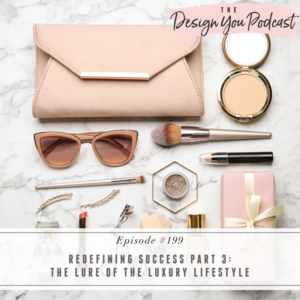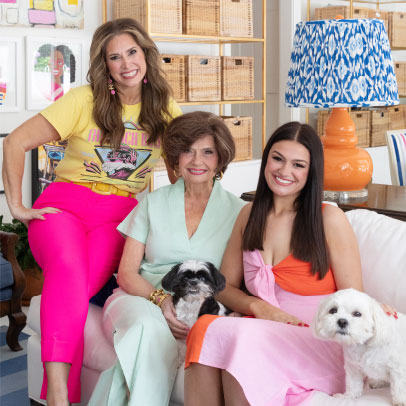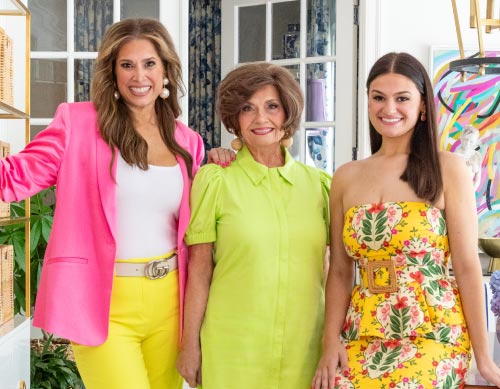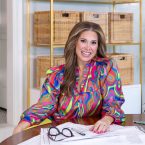
Do you ever look at someone’s photos and think that their life or business looks perfect? In the interior design industry, the very nature of the way we take photos of a space is that it looks perfect through a camera’s lens, but in fact, there is often chaos lurking just out of view. We are lured by the luxury, without considering what’s going on behind the scenes.
We are very good at showing the highlight reel, and it is definitely something that I have been guilty of in my business. But the lure of the luxury lifestyle is a lie, and this week, I’m breaking through the smoke and mirrors to get to the truth of what success really looks like versus what we think we’re striving for.
Join me this week for the penultimate episode of the Redefining Success series as I shine a light on success in the interior design industry and the magnitude of what this career asks of us as designers. Discover what’s behind those success boxes you’re constantly striving to check, the problem with the lure of the luxury lifestyle, and the importance of finding the thing that truly lights you up.
If you want help creating a business with thriving revenue streams so that you can design the life you really want, get on the waitlist for the next round of my Design You Coaching Program. Inside, you’ll get access to a whole new course where I share my complete design system with you. You’ll receive every template, tool, SOP, worksheet, downloadable, video, and more that I have created and used myself, and receive a complete step-by-step for how to run your full-service projects.












